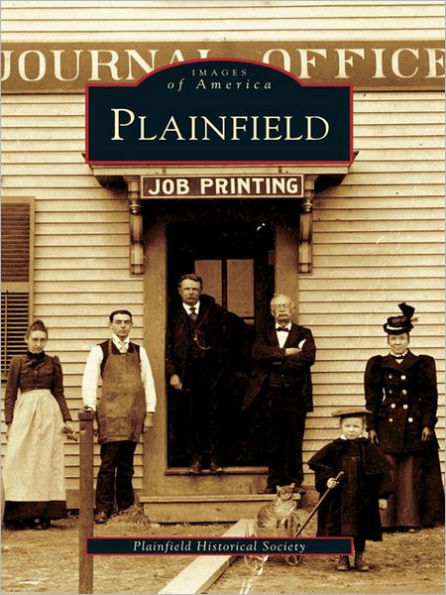There are two dozen places in the United States named Plainfield, but Plainfield, Connecticut, was the first. When it was incorporated in 1699, Colonial governor Fitz-John Winthrop named the town for its rich, fertile fields along the Quinebaug River. During the 1700s, the town was transformed from Native American country to a farming community populated by English settlers. In the 1800s, textile mills were built along the Moosup and Quinebaug Rivers, and Plainfield became an industrial town attracting workers from all over New England, Canada, and Europe. Today the textile industry is gone, and the surviving mills have been converted to other uses. Located in the northeastern part of the state, Plainfield is in the heart of the breathtaking Quinebaug-Shetucket National Heritage Corridor.
1106564356
Plainfield
There are two dozen places in the United States named Plainfield, but Plainfield, Connecticut, was the first. When it was incorporated in 1699, Colonial governor Fitz-John Winthrop named the town for its rich, fertile fields along the Quinebaug River. During the 1700s, the town was transformed from Native American country to a farming community populated by English settlers. In the 1800s, textile mills were built along the Moosup and Quinebaug Rivers, and Plainfield became an industrial town attracting workers from all over New England, Canada, and Europe. Today the textile industry is gone, and the surviving mills have been converted to other uses. Located in the northeastern part of the state, Plainfield is in the heart of the breathtaking Quinebaug-Shetucket National Heritage Corridor.
12.99
In Stock
5
1

Plainfield
128
Plainfield
128Related collections and offers
12.99
In Stock

Product Details
| ISBN-13: | 9781439634783 |
|---|---|
| Publisher: | Arcadia Publishing SC |
| Publication date: | 08/15/2007 |
| Series: | Images of America Series |
| Sold by: | Bookwire |
| Format: | eBook |
| Pages: | 128 |
| File size: | 70 MB |
| Note: | This product may take a few minutes to download. |
About the Author
From the B&N Reads Blog
